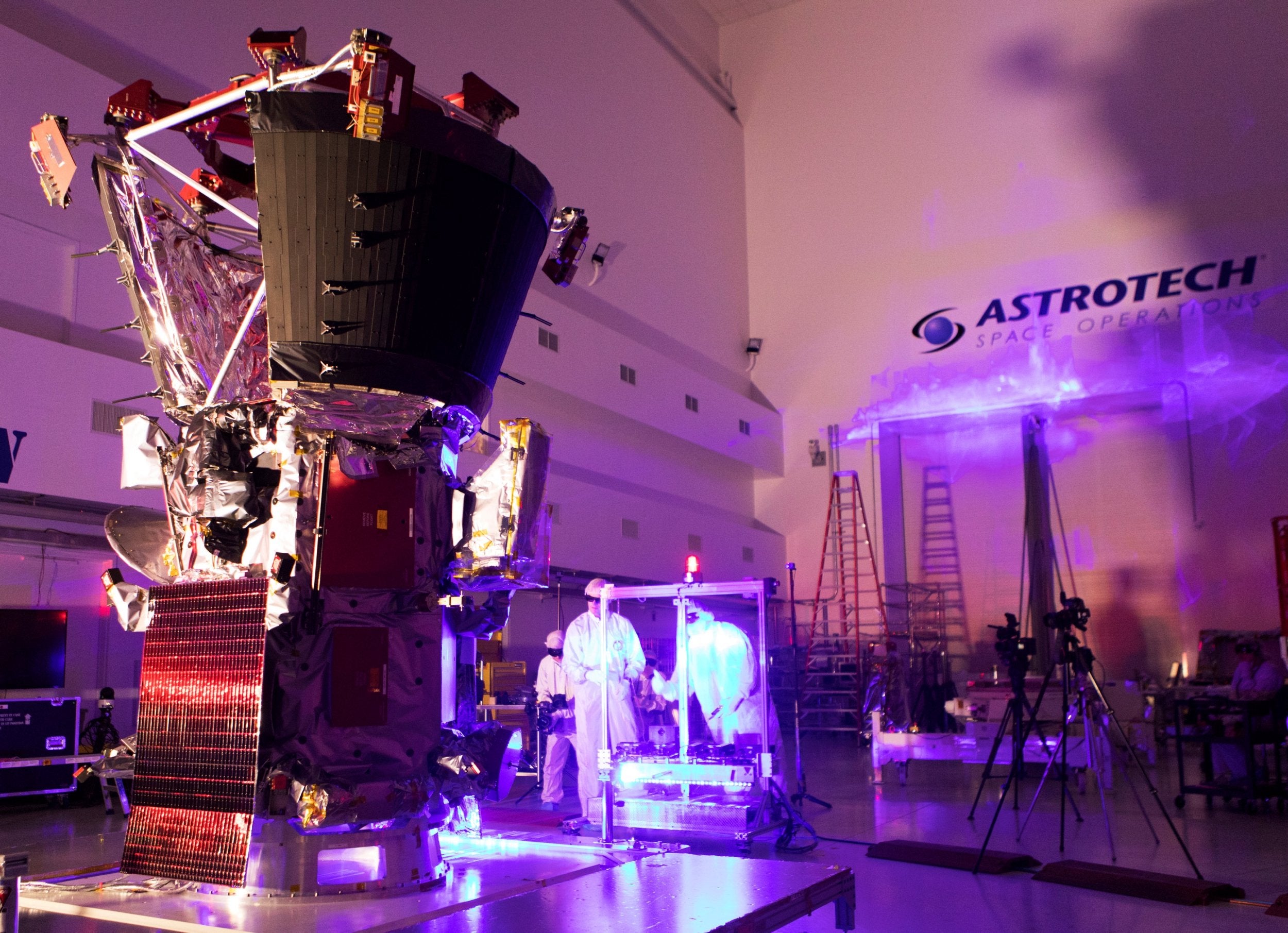Parker Solar Probe: How will Nasa attempt to 'touch' the Sun?
Fastest robotic craft ever built to explore star's plasma corona and report back with 24 orbits over seven-year run
Your support helps us to tell the story
From reproductive rights to climate change to Big Tech, The Independent is on the ground when the story is developing. Whether it's investigating the financials of Elon Musk's pro-Trump PAC or producing our latest documentary, 'The A Word', which shines a light on the American women fighting for reproductive rights, we know how important it is to parse out the facts from the messaging.
At such a critical moment in US history, we need reporters on the ground. Your donation allows us to keep sending journalists to speak to both sides of the story.
The Independent is trusted by Americans across the entire political spectrum. And unlike many other quality news outlets, we choose not to lock Americans out of our reporting and analysis with paywalls. We believe quality journalism should be available to everyone, paid for by those who can afford it.
Your support makes all the difference.Nasa is launching its latest space exploration mission this week, the Parker Solar Probe.
The robotic craft will fly closer to the Sun than any man-made object has ever been before, beaming back invaluable new data on the star’s properties and atmospheric conditions over a seven-year period.
The project is named in honour of American physicist Eugene Parker who first speculated on the nature of solar winds in 1958. This is the first time a Nasa mission has honoured a living person.
When and where is the launch?
The probe will be attached to a United Launch Alliance Delta IV Heavy expendable rocket and blasted into space from Cape Canaveral Air Force Station in Florida on the morning of Saturday 11 August. The rocket is second only to SpaceX’s Falcon Heavy in terms of power.
The launch will be available to watch live online courtesy of Nasa TV.
Nasa scientists have intended to launch such a flight for decades – the preceding Outer Planet/Solar Probe programme was scrapped by President George W Bush in 2003 to balance the federal budget – but only recent technological advances in cooling systems and fault management have made it possible.
Roughly the size of a car, the probe will nevertheless be forced to contend with heat far in advance of anything previously encountered as it approaches its target, with temperatures of up to 1,377C.
But thanks to its Thermal Protection System, an 11cm-thick carbon-composite heat shield to stop it burning up, temperatures inside the craft will hover around 30C.
How far will it travel?
The probe will travel at a speed of 430,000mph or 125 miles a second en route, making it one of the fastest ever built.
It is scheduled to loop past Venus assisted by the planet's gravity on 2 October – slowing its approach and allowing greater control – and hit the first perihelion (the point in its orbit when it is closest to the Sun) by 5 November.
On arrival, the Parker Solar Probe will orbit around the Sun 24 times until late 2025, each complete orbit taking 88 days, passing at a distance of 3.83 million miles from the Sun’s surface or photosphere on its closest approach.
What will it hope to discover?
“We’ve been studying the Sun for decades, and now we’re finally going to go where the action is,” said project scientist Dr Nicky Fox of the John Hopkins University Applied Physics Laboratory at a recent press conference at the Kennedy Space Center.
Specifically, the project is intended to gather new information on “space weather” conditions that impact the earth, what causes solar winds to heat and accelerate and behave as they do and what causes the gigantic eruptions or “coronal mass ejections” astronomers have observed.

“The Sun’s energy is always flowing past our world… And even though the solar wind is invisible, we can see it encircling the poles as the aurora, which are beautiful – but reveal the enormous amount of energy and particles that cascade into our atmosphere,” Dr Fox said.
“We don’t have a strong understanding of the mechanisms that drive that wind towards us, and that’s what we’re heading out to discover.”
What equipment will be in use?
The probe will explore the Sun’s corona – the plasma aura surrounding the star itself – and pass close enough to observe the solar winds accelerating from subsonic to supersonic levels, measuring its electric and magnetic fields.
It will use a specially designed wide-field imager for Parker Solar Probe (WISPR) to photograph jets bursting from the corona and Solar Wind Electrons Alpha and Protons Investigation (SWEAP) tools to measure the velocity and temperature of the winds encountered.
Finally, the Integrated Science Investigation of the Sun (ISOIS) will record and assess the different types of energies emitted from the Sun.

Join our commenting forum
Join thought-provoking conversations, follow other Independent readers and see their replies
Comments